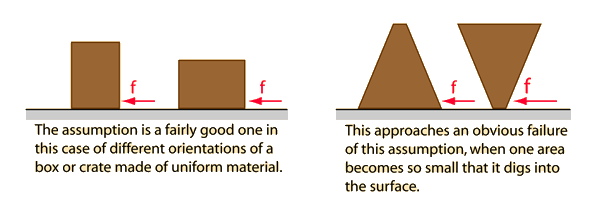- Messages
- 11,821
Do 1/2" shaft stay tight better then 1/4" shaft bits. I been cutting dove tails and have hasd several times where the bits have come loose in the middle of cutting dove tails. They are 1/2" 14* bits with 1/4" shaft. The router is a Milwakii 5614-24 and it is almost brand new and I tighten the dickens out of the collet. 
 It would make sense to me since you have 4 time the surface area to grip.
It would make sense to me since you have 4 time the surface area to grip.

 It would make sense to me since you have 4 time the surface area to grip.
It would make sense to me since you have 4 time the surface area to grip.

